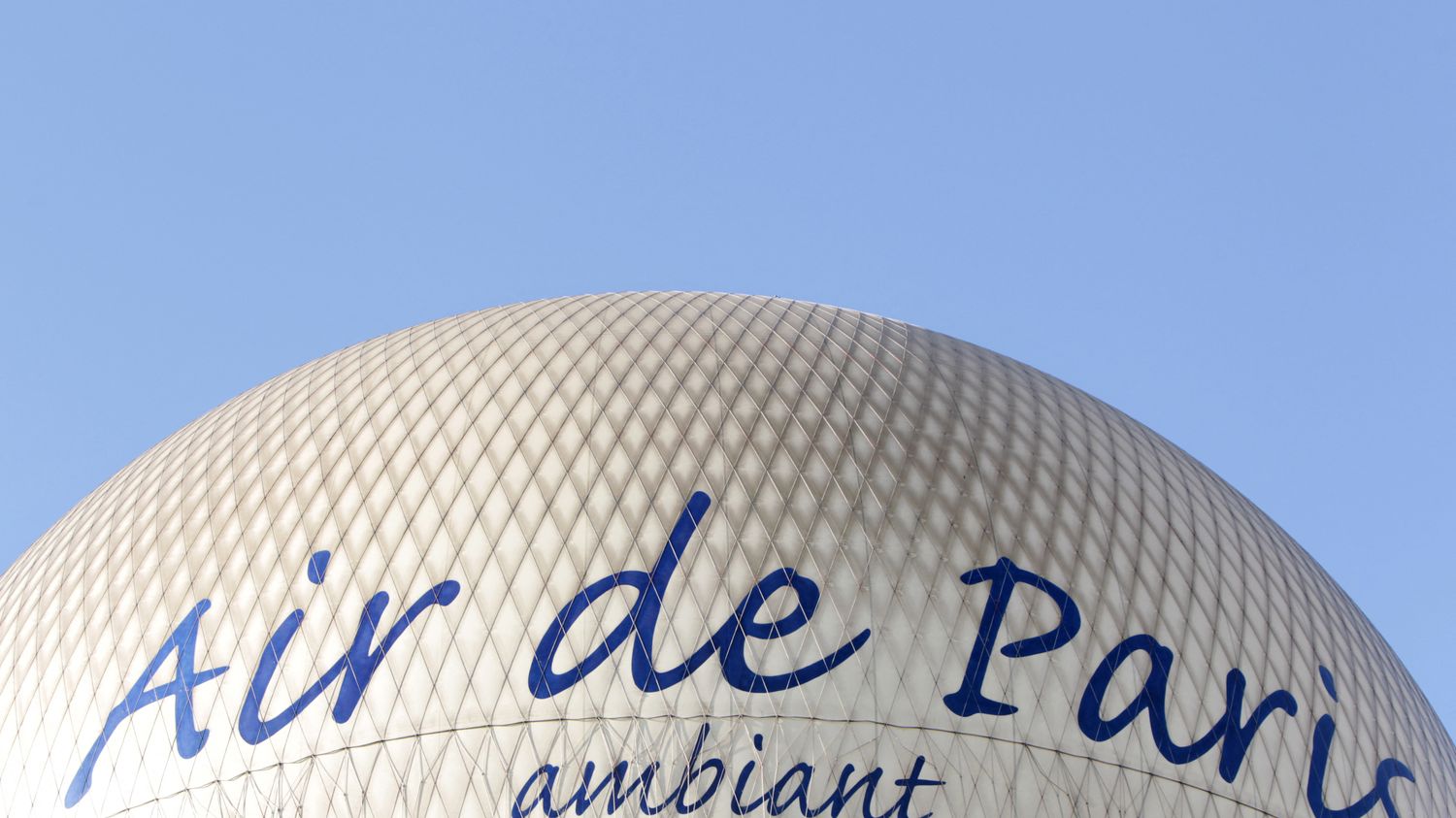Bruitparif and Airparif published a map on Tuesday combining their data.

Published
Update
Reading time: 3 min

In Île-de-France, 9.7 million people, or 80% of the region’s inhabitants, are exposed “noise and air pollution at levels which significantly exceed WHO recommendations”, revealed on Tuesday May 28 a joint study by Bruitparif and Airparif. The noise observatory in Île-de-France and the association in charge of air quality in the region crossed their data to identify the territories affected, or not, by the two types of pollution or one both.
The maps carried out as part of the study show that 38% of the Ile-de-France municipalities (487 municipalities) have more than half of their population exposed. “simultaneously with degraded air quality and high noise levels”, indicate the organizations in their report. These territories are located in Paris, in the inner suburbs and, particularly, near airports, but also along major roads. This is the case, for example, near the Paris ring road.
“Unsurprisingly, transport is the main cause of air pollution and noise pollution in Île-de-France.”
Olivier Blond, president of Bruitparifat franceinfo
“The challenge of revitalizing all the cities around the capital is fundamental and this is what we are tackling“, insisted Tuesday on franceinfo the one who is special delegate for environmental health and the fight against air pollution in the Île-de-France Region. In order to reduce this air and noise pollution, he insists on the significant investments linked “to transport” And “in the longer term on urban planning”.
On the other hand, in 316 municipalities, “almost the entire population is relatively spared from air pollution and noise pollution, with concentrations of air pollutants and noise levels close to the thresholds recommended by the WHO”, specify the authors of the study. These are, for the most part, communities located in the outer suburbs, over which aircraft do not pass at an altitude of less than 2,000 meters. If we get closer to Paris, the situation is “slightly better” in the Bois de Vincennes and the Bois de Boulogne, but also in the southwest districts of the capital.
Bruitparif and Airparif also recall the harmful effects of noise and air pollution on the health of residents in the most affected areas. According to a Bruitparif study published in 2021, noise pollution is “responsible for a social cost of 43 billion euros within the Île-de-France region”. She “leads to discomfort, disrupts sleep, increases the risk of developing cardiovascular disease or diabetes, and reduces learning ability”. Air pollution, for its part, “promotes the development of diabetes, cardiovascular diseases, respiratory diseases and lung cancer, leading to a loss of life expectancy and an increase in mortality”. According to a previous Airparif study, published in 2022, air pollution is “responsible for 7,900 premature deaths per year in Île-de-France”.
Methodology : Airparif and Bruitparif have each developed a global index for air pollution and noise respectively. The two observatories then worked on defining an air-noise co-exposure index and developing an original two-dimensional cartographic representation method (air-noise). Airparif used air quality maps from years 2020, 2021 and 2022. Bruitparif used strategic transport noise maps (road traffic, rail traffic, air traffic) produced in 2022.
